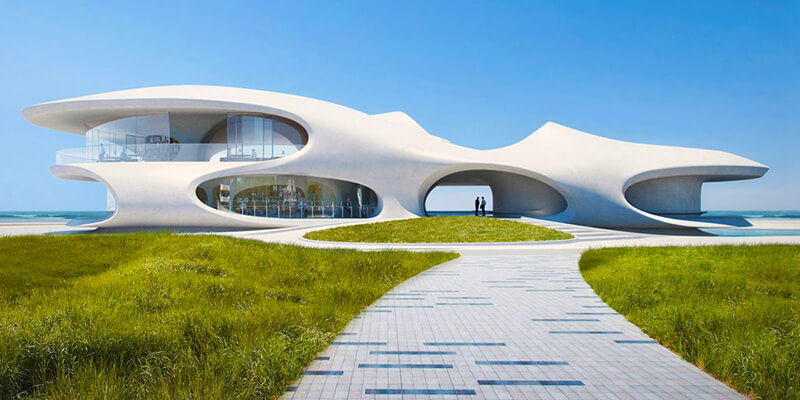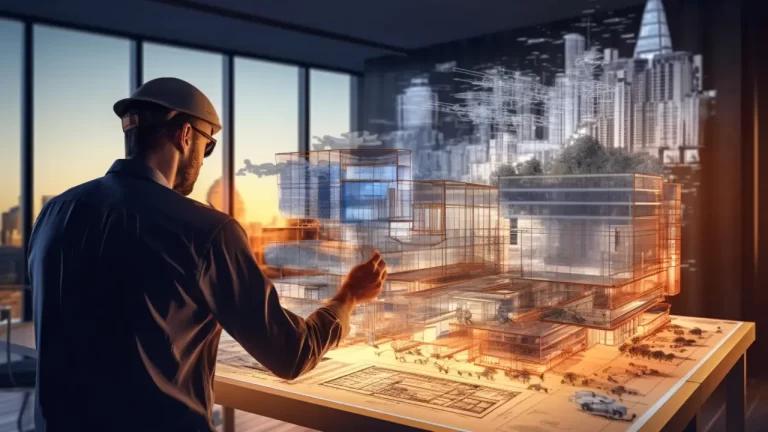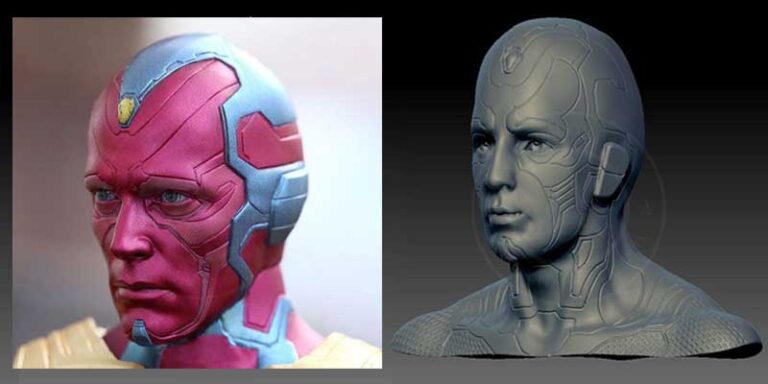Table of Contents
Toggle3D Printing Technology is Revolutionizing Manufacturing and Design
One of the most exciting aspects of 3D printing is its versatility. With the ability to print in a wide range of materials, including plastics, metals, and even human tissue, the possibilities are endless. In the medical field, 3D printing has already been used to create customized implants and prosthetics, as well as to print models for surgical planning. In the aerospace industry, 3D printing has been used to create lightweight, high-strength parts for aircraft and spacecraft. And in the fashion industry, designers are experimenting with 3D printing to create one-of-a-kind pieces that would be impossible to make using traditional manufacturing methods.
Of course, like any new technology, 3D printing also presents its own set of challenges. As the use of 3D printing becomes more widespread, there will be a need for regulations and standards to ensure that printed products are safe and reliable.
There will also be questions about intellectual property and copyright, as it becomes easier for individuals to create and share designs. Despite these challenges, it is clear that 3D printing has the potential to transform the way we think about manufacturing. As the technology continues to evolve, we can expect to see even more exciting applications and innovations in the years to come.
Another exciting aspect of 3D printing is its potential to reduce waste and increase sustainability. Traditional manufacturing methods often result in a significant amount of material waste, as products are created by cutting and shaping raw materials. With 3D printing, however, products are built layer by layer, using only the exact amount of material needed.
This not only reduces waste, but also allows for more efficient use of resources. In addition to reducing waste, 3D printing also has the potential to bring manufacturing closer to the point of consumption. With traditional manufacturing methods, products are often produced in one location and then shipped to another for distribution.
With 3D printing, however, products can be printed on demand, right where they are needed. This not only reduces transportation costs and emissions, but also allows for greater customization and flexibility in the manufacturing process. As the use of 3D printing continues to grow, it is likely that we will see more and more applications in a wide range of industries. From architecture and construction to food and beverage, the possibilities are endless. With its ability to create complex and intricate designs with ease, 3D printing is poised to revolutionize the way we think about manufacturing and production.




